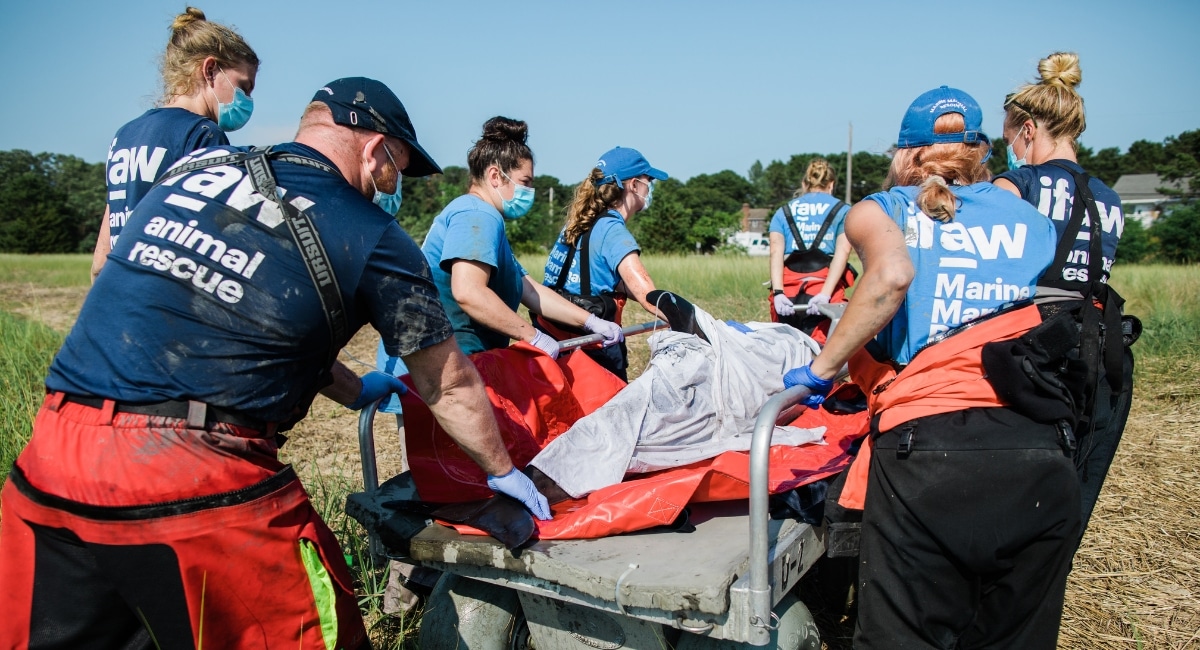
Fundraising is not just about acquiring financial resources for elementary schools. It is so much more! Fundraising brings together students, teachers, parents, and the wider community to show their support for education – and it’s vibrant!
The events don’t just bring in much-needed funds for educational tools, programs, and activities – they also build a real sense of community spirit and shared responsibility.
In an era where school budgets are often stretched thin, effective fundraising events can make a big difference to the learning environment.
Working together towards common goals can unlock the power of people’s time or donations. And importantly, it can help demonstrate to students how collaboration and community engagement can generate results.
This article explores what makes a successful fundraising event at an elementary school special – offering creative ideas as well as practical planning tips. Getting everyone involved is key!

To begin school fundraisers, it is important to be aware of what makes a fundraising event effective. First and foremost, setting achievable, transparent aims is the best way to start.
The school’s needs must be aligned with these objectives: new sports kit or library books or technology (though schools might not want any of these things).
The most important thing is pinpointing how pupils’ educational experience can benefit from the funds generated.
It almost goes without saying that legal and ethical considerations underpin an effective effort like this.
Schools have to understand the law around fundraising – including tax laws – and plan accordingly. They should also be as open as possible about their efforts.
Taking time overall will help ensure your fundraiser has clarity, longevity, and proper legal footing – no bad thing if you’re motivated by more than just one big payday.

Meticulous planning is the key to any successful fundraiser. First, get creative – brainstorm ideas that are on-brand for your school but will also excite your community.
Perhaps a cultural fair, a talent show, or a fun science exhibition would fit the bill? The event should align with students’ current interests and abilities to be inclusive.
Involve pupils in planning, along with staff and parents; it can increase ownership and enthusiasm. Budgeting is crucial – work out costs versus potential revenues so you have an achievable target in mind.
Use every opportunity to cut costs: securing donations of materials or volunteer support can turn into cash saved – all vital when maximizing net income for your school.
Then there’s resource management: how much time do you need? And how many people?
Factor these elements into plans from day one: if they’re worked out early, everything from promotion onwards runs more smoothly.
Combine creativity with meticulous budgeting and resource management for fundraising events that really hit home.
If you want to raise funds at an elementary school, it’s important not just to bring money in but also to bring the community together – and the best way of doing that is by organizing events.
That’s why we’ve got a section full of ideas for fun activities with a creative twist, which can be tailored to your specific circumstances and give people a great time, as well as being lucrative.

A themed fair or carnival is one of the most colorful ways to fundraise. These events can turn your school into a buzzing hub of activity: think game booths, food stalls, and live entertainment.
The sky really is the limit when it comes to themes; options include cultural celebrations like Diwali or Hanukah or science and literature fairs with educational content alongside the fun stuff.
It can also be worth approaching local businesses who may want to get involved either through sponsorship or by making items available for free (or at reduced cost).
They may see it as good publicity while reducing costs for you – plus, their involvement helps strengthen relationships locally.
You could generate significant funds by charging a small entry fee at the door or selling tickets for games and food.
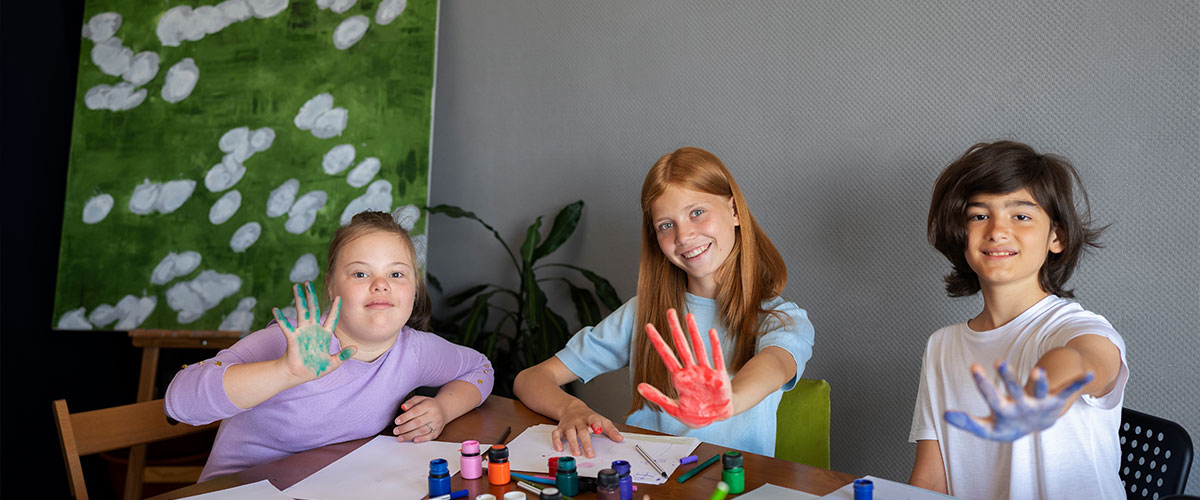
Supporting your school doesn’t always mean giving money. Instead, why not offer some of your time and skills?
For example, you could run an art or craft class, carry out some fun science experiments, or even hold a creative writing workshop. You don’t have to be the next Picasso or Marie Curie – just enthusiastic.
You could invite local artists, scientists, or authors to help out – this can add an extra element of excitement and expertise (especially if they’re famous!).
And if you charge people a small fee for taking part in any of these workshops, it’s another way that you could raise funds.
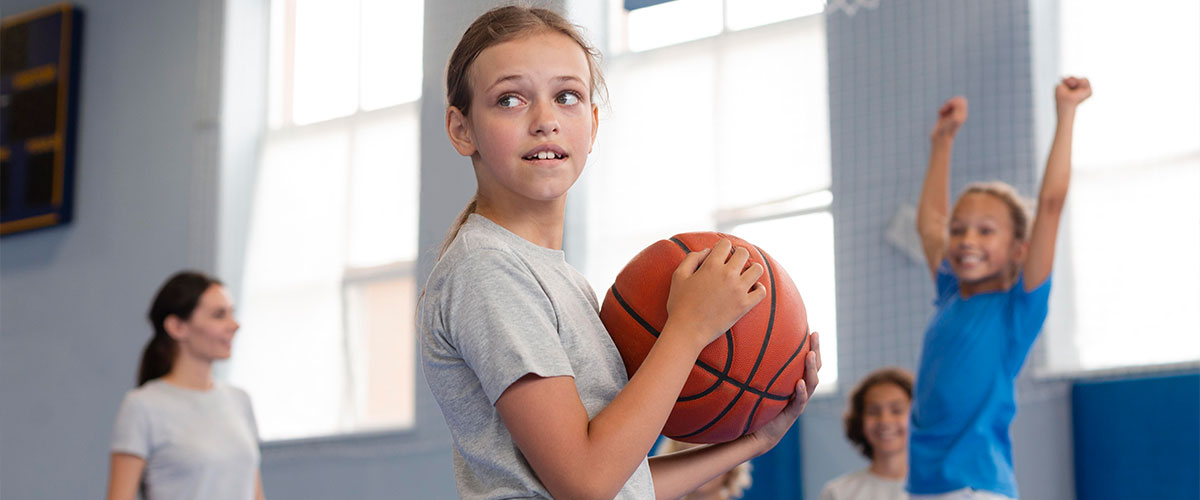
Getting healthy can also be a great way to get wealthy! Organizing events like ‘mini-Olympics,’ fun runs, or family yoga sessions aren’t just good ways to raise cash.
They’re also about getting people involved in their local community as well as highlighting the importance of physical health.
These sorts of events can sometimes be sponsored by businesses that are connected with sports or health (such as gyms) who might welcome the chance to partner up with your school.
If everyone coming along pays a bit of cash, especially if there’s something nice available at the end, like healthy snacks - perhaps provided by one of these sponsors - then all those participation fees can really start adding up.
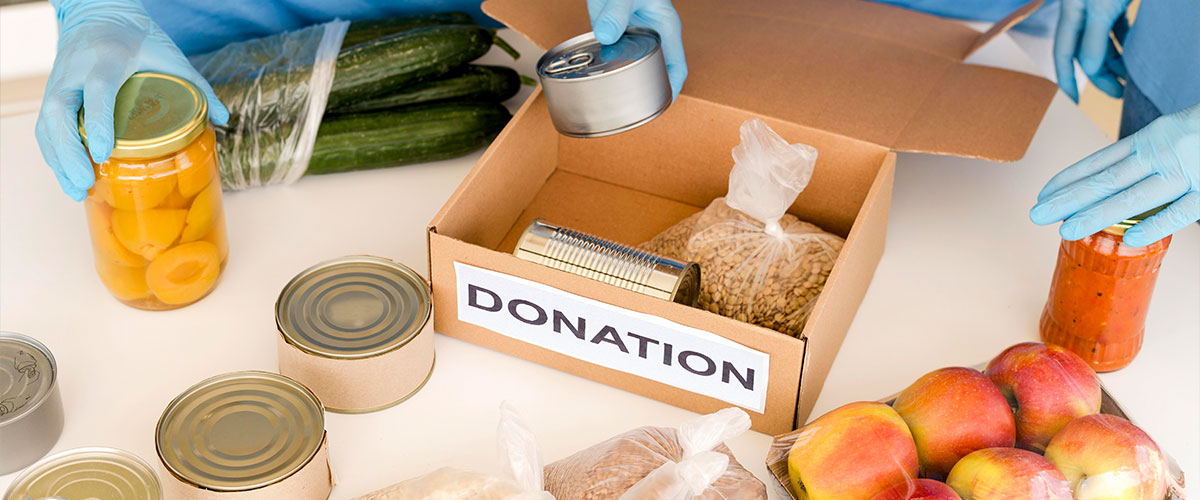
For any school fundraising event, marketing and promotion are two vital components that can make or break its success.
Given the prevalence of social media in today’s digital age, platforms such as Facebook and Instagram provide powerful tools to reach a wider audience than ever before.
Creating engaging posts, shared updates, and an attractive event page – there are many ways to spark interest on social media. In addition to online outreach, traditional means like distributing flyers, placing ads in local newspapers, or leveraging community bulletin boards still work.
IAnother option: schools could try getting a local celebrity or well-known personality involved – they might be willing to help spread the word about your cause!
By mixing both old-school (think posters) and new-school (social media), you’ll give your charity event the best chance of visibility… which will go a long way towards making it successful!
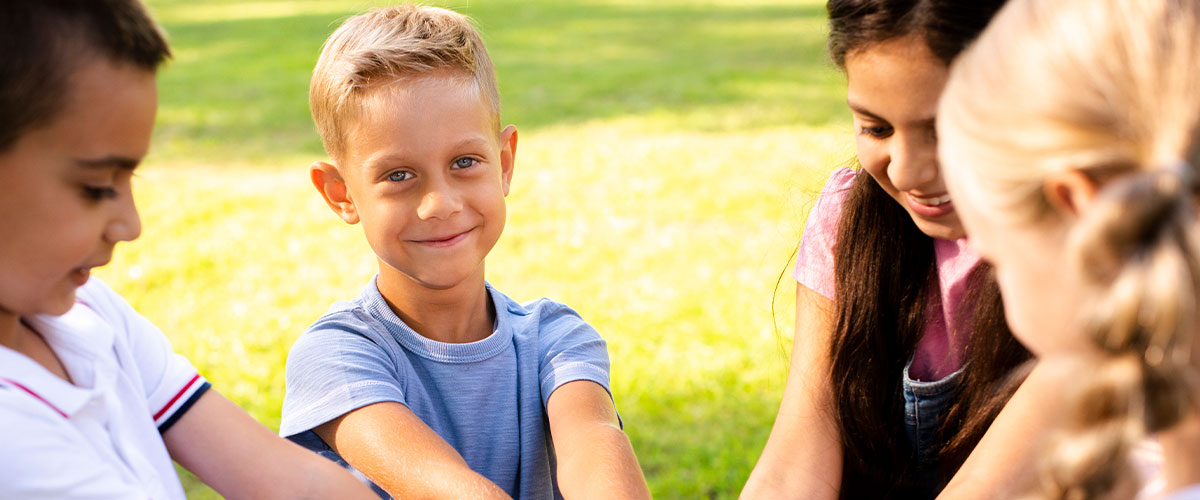
To make a fundraising event great, rather than merely good, the active involvement of parents and local businesses is key.
Parents and even extended families can be encouraged to volunteer in different capacities – this helps reduce costs but also builds a stronger school community. Roles range from planning through to execution.
Involving businesses can work both ways, too: they might offer sponsorships or donations in kind and get visibility and goodwill in return. And take into account sharing some gifts!
As well as helping accumulate resources, such collaborations help forge long-term relationships between the school and the local business community – reinforcing community support, generally.
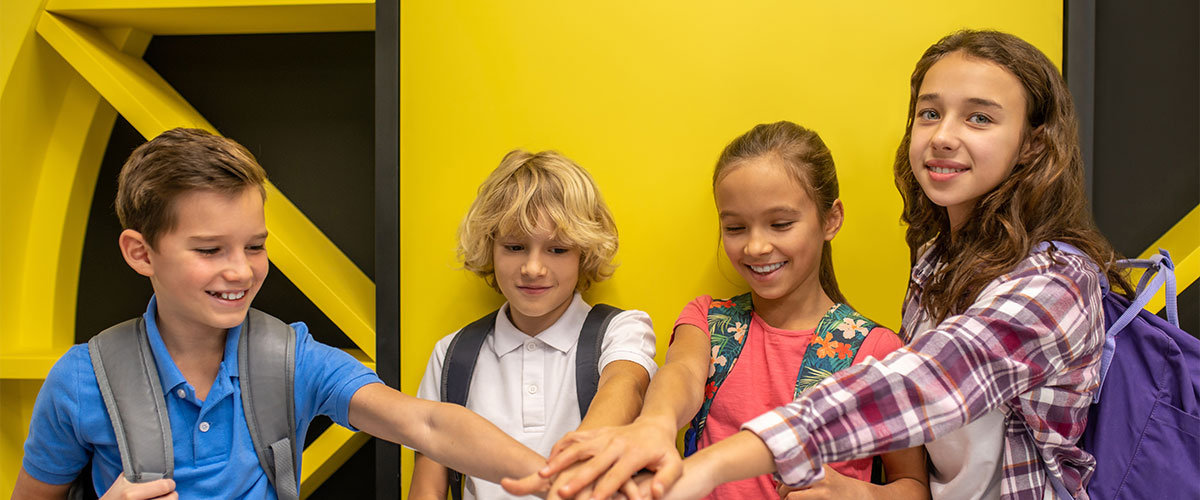
Executing a fundraising event is where the rubber hits the road. On the day, efficient logistics are key. That means clear communication of each person’s role and responsibilities to volunteers and staff so everyone knows what they should be doing – and when.
Well-thought-out layouts, effective signage, organized registration desks – all these things help make for smooth running on the day.
And it goes without saying that safety matters – particularly at events involving children.
Schools have a duty to establish protocols in a way that ensures nobody can claim ignorance: crowd control measures, emergency procedures, and having first aid available if required.
Volunteers also need a briefing on what constitutes appropriate behavior and responses if something does go wrong.
It might sound obvious, but by concentrating on getting everything right, schools can ensure their event doesn’t just raise money but is enjoyable – and safe, too.

Once the excitement of an event wears off, there’s work to be done. The first and most obvious task is evaluating how effective it was at meeting its goals.
Feedback from participants, volunteers, and organizers can help improve future events. So can financial transparency – do your accounts show where all the money raised was spent?
Then there is thanking everyone who contributed: a well-meant note or public acknowledgment for sponsors and local businesses, a general thank you to families for their ongoing support, and an appreciation of the hard work put in by volunteers.
This kind of follow-up not only makes sure people know they’ve been heard – that their views counted – but helps strengthen relationships within a school community.
Fundraising events are not merely financial transactions; they are lively celebrations of community spirit and partnership.
They create a place for students, teachers, parents, and local businesses to join forces – not just to collect money but to strengthen the ties that bind communities.
These gatherings demonstrate what can be achieved when we all pull in the same direction in support of our young people, underlining the importance of collective action.
In an age where schools face creative challenges around funding and resource management, this feels like a pertinent thing. Uniting together as a community reminds us all what’s possible when we work towards one common goal.